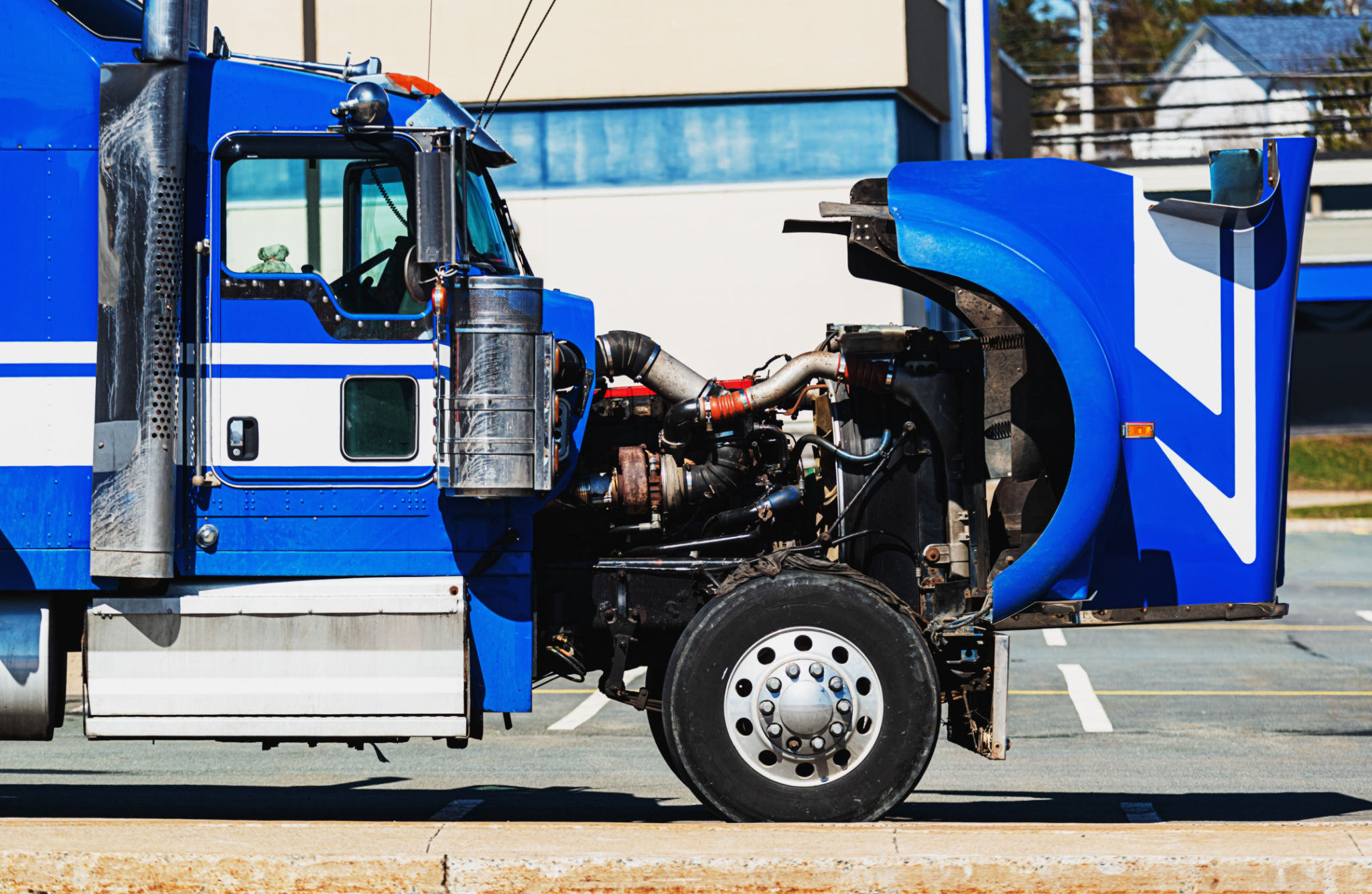Seasonal Tips for Efficient Drayage Operations in Baltimore
AS
Understanding the Impact of Seasons on Drayage Operations
Drayage operations in Baltimore, like in many other regions, are significantly affected by seasonal changes. Whether it's the brisk chill of winter or the sweltering heat of summer, each season presents unique challenges and opportunities for optimizing efficiency. Understanding these seasonal impacts is crucial for maintaining smooth operations and ensuring timely deliveries.
Winter, for example, brings about potential delays due to icy roads and increased traffic congestion. On the other hand, summer heat can lead to equipment overheating and increased maintenance needs. By anticipating these challenges, drayage companies can better prepare and adapt their strategies to ensure consistent service quality.

Optimizing Equipment and Maintenance
One of the fundamental steps in ensuring efficient drayage operations is maintaining equipment readiness. This involves regular inspections and timely maintenance to prevent unexpected breakdowns. During winter, it's important to check antifreeze levels and battery conditions, while in summer, cooling systems should be prioritized.
Additionally, using technology to monitor vehicle health can provide real-time data, allowing companies to address issues before they escalate. Implementing a proactive maintenance schedule based on seasonal demands not only extends the lifespan of equipment but also minimizes downtime and repair costs.

Adapting to Seasonal Traffic Patterns
Baltimore's traffic patterns can vary significantly with the seasons, impacting drayage operations. During winter months, traffic may slow due to adverse weather conditions and holiday shopping rushes. Conversely, summer often sees increased tourist traffic, which can lead to congestion around key logistics hubs.
To navigate these challenges, companies should leverage data analytics to anticipate traffic patterns and plan routes accordingly. By optimizing delivery schedules and avoiding peak traffic times, businesses can enhance their operational efficiency and reduce fuel consumption.

Enhancing Driver Preparedness
Drivers play a crucial role in ensuring efficient drayage operations, and their preparedness is particularly vital during seasonal changes. Providing drivers with adequate training on handling adverse weather conditions and equipping them with necessary tools such as GPS systems and mobile communication devices can significantly enhance their performance.
Moreover, implementing incentive programs to encourage safe driving practices during challenging seasons can boost morale and reduce accident rates. Encouraging regular feedback from drivers about on-ground challenges also helps in refining strategies for future operations.
Leveraging Technology for Better Coordination
Technology plays an increasingly important role in optimizing drayage operations. From advanced route planning software to real-time tracking systems, leveraging technology can lead to substantial improvements in efficiency. In Baltimore, where port activities are integral to logistics operations, technology ensures seamless coordination between different stakeholders.
Investing in robust communication platforms not only improves coordination among team members but also enhances customer satisfaction by providing accurate delivery timelines. By integrating technology into everyday operations, companies can better adapt to seasonal demands and maintain high service standards.

Preparing for Seasonal Demand Fluctuations
Seasonal demand fluctuations are inherent to the logistics industry. In Baltimore, this is particularly evident during peak holiday seasons or major local events that drive up demand for drayage services. Anticipating these fluctuations allows companies to strategically allocate resources and manage workloads efficiently.
Implementing flexible staffing models and scalable operations can help businesses accommodate sudden spikes in demand without compromising on service quality. Additionally, maintaining close communication with clients ensures that expectations are managed effectively during high-demand periods.
Building Strong Partnerships
Establishing strong partnerships with suppliers, clients, and other logistics providers is vital for maintaining efficient drayage operations through seasonal changes. Collaborative relationships allow for better resource sharing and provide access to additional support when needed.
Engaging in regular dialogue with partners helps in identifying potential challenges early on and developing joint strategies to overcome them. This collaborative approach not only enhances operational resilience but also fosters a more integrated supply chain network in Baltimore.
